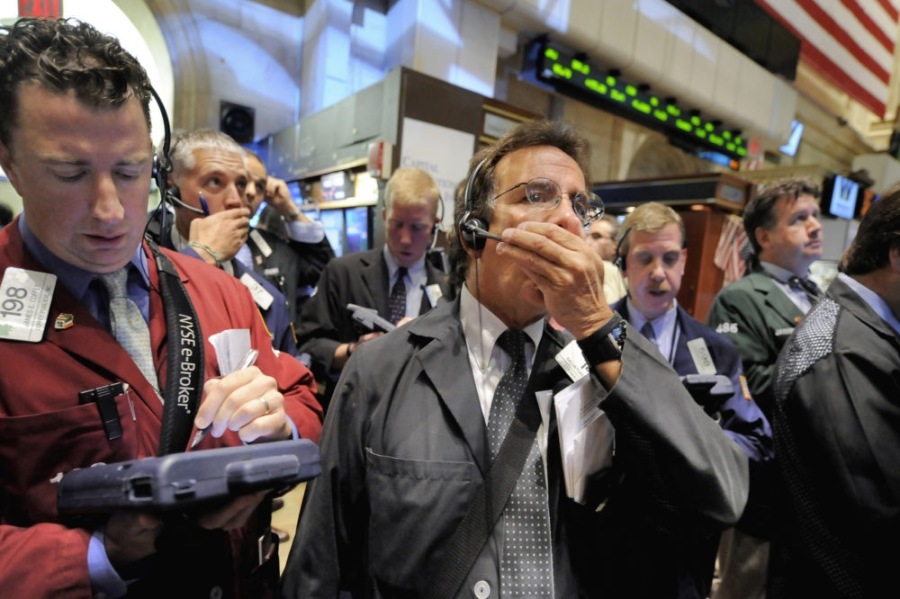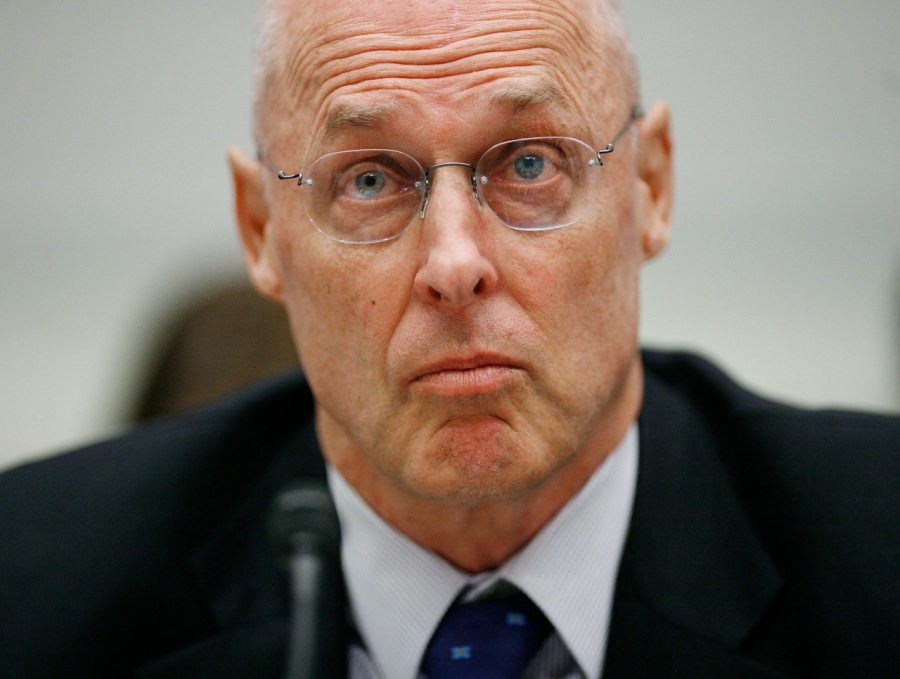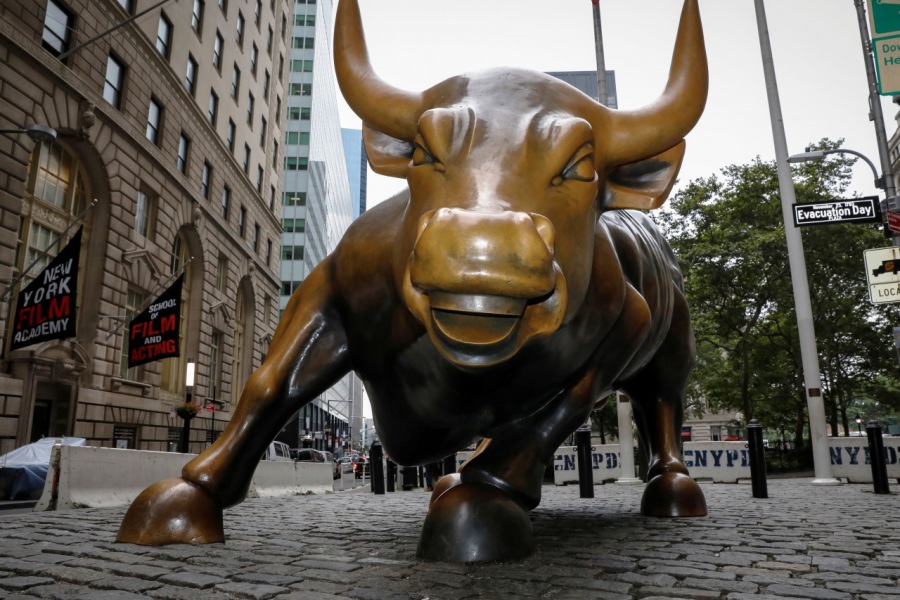Crisis Leadership: Clarifying What Needs to be Done

Note: A few years after the 2008-09 financial crash and ensuing Great Recession, I wrote a post on leadership lessons. Then I updated it following the arrival of Donald Trump as the 45th President of the United States. While only 12 years have passed (in a flash) since the onset of the financial meltdown, there are applicable leadership lessons to the current crisis the United States— and world at large—is experiencing as a result of the novel corona virus: SARS-CoV-2 and its syndrome Covid-19.
Think of a time when you were under a lot of pressure with a very short deadline. No, not at a Starbucks trying to decide on which decadent coffee you were debating on ordering. We’re talking serious pressure—and it doesn’t have to be necessarily work related. It could have been dealing with a medical decision relating to an ageing parent, a child, or spouse.
What went through your mind at that point in time? Did it feel as if the sky was falling? Did you have a knot in your stomach, or feel like your head would explode from trying to distill the critically important stuff from the unimportant?
It doesn’t matter the context when it comes to a crisis, or whether you’re a hot-shot CEO of a Fortune 500 Company, a small business entrepreneur, or a parent. You’re expected to make a fast decision on what may be a life or death issue, or it may be something dealing with your small company’s future, or it could be something dealing with your country, though your family’s safety is assured.
In May-June 2008, Sue and I embarked on an 11,000 kilometre (6,800 mile) Amtrak train trip across the United States. Although we’re Canadians, we love America and Americans, knowing that they’re good, solid people. And having lived in a border community four decades ago in New Brunswick (bordering on Maine), where EMS and fire-fighting services were shared, we know about the meaning of community.
During our trip, which went diagonally from upper New York State to San Diego, up to San Francisco, then back to Chicago, Toronto and finally home to Ottawa, we met a lot of people. While media attention was growing on the looming problems with America’s overheated housing market and the strain being placed on what was called “Too Big to Fail” financial institutions, what many people didn’t know at the time were the daily meetings in Washington D.C. and New York City among the country’s key government policy decision makers.
Hank Paulson, Treasury Secretary, was in panic mode, desperately trying to figure out, in conjunction with his peers from other agencies, how to prevent a global financial collapse. Paulson’s infamous three page draft bill requesting $700 billion to buy mortgage-related assets, with no limits on his authority, drew apoplectic reactions from Congressional leader on both sides of the political fence. His proposed legislation (TARP – Troubled Assets Relief Program) eventually morphed, once into the hands of policy wonks, into a document hundreds of pages long.

Paulson (pictured above), who was CEO of Goldman Sachs before becoming Treasury Secretary, had his head in the right place, though he took significant flak from both Democrats and Republics for his decision to spend $700 billion dollars to stabilize the financial system. He was so terrified of the prospect of financial collapse and the disastrous effect on the economy and job market that on one occasion he got a case of what he called the “dry heaves.” (The $700 billion pales in comparison to the estimated $3 trillion price tag of the Covid-19 pandemic.)
His wife, Wendy Paulson, learned to “discount” her husband’s reaction to extreme stress, recounting the story in a humorous manner. She also shared the incident of when she persuaded him to go cycling in the forest to help get his mind off work, only to hear a crash as Paulson rode into a barrier. He was so deeply affected by the crisis and not able to focus on anything else that he didn’t see the barrier which was in plain view.
Yet as Paulson explains in the excellent 2013 Bloomberg Business film Hank: Five Years from the Brink, his personality has always been to immerse himself in his work and challenges. The financial crisis was one that sucked him into its vortex, and unfortunately as he states at the end of the film, he will always be remembered as “Mr. Bailout.”
Timothy Geithner, president of the Federal Reserve Bank of New York during the outbreak of the financial meltdown and later Treasury Secretary from 2009 to 2013, does a brilliant job recounting the lead-up to the financial crisis in Stress Test: Reflections on Financial Crises”, a well written and highly readable book. As Geithner states in the chapter “Letting it Burn:”
“By December 2007, market conditions were deteriorating again. Credit spreads were widening, and liquidity was draining away. Real estate was in a tailspin, with foreclosures nearly double from the previous year. The credit crunch and the housing mess were also leaking into the larger economy, with unemployment rising to 5 percent; the National Bureau of Economic Research would later peg the start of the Great Recession to that month.”

In the above instance a lot was at stake. It wasn’t a case where an individual’s personal safety or health was necessarily at risk. The consequences affected a large population, and not just the United States, but in effect the entire globe.
One can present a cogent argument of the senior level incompetence in both government and financial institutions, the greed of those in the real estate industry who took advantage of lower and middle income Americans, and segments of the population that wanted to pretend that they could afford homes way beyond their reach. However, the essence of this sad story in U.S. financial history is one of crisis leadership.
Fortunately, when their backs were pressed against the wall a small, key group of senior officials recognized the problem and did the right thing, jointly led by Paulson, Geithner, and Federal Reserve chairman Ben Bernanke who replaced the outdated Greenspan. Bernanke, being a student of The Great Depression, knew that a repeat of the policy decisions made almost 80 years previously would spell disaster for the U.S. and global economies. Bernanke’s response to the financial meltdown and subsequent Great Recession, as it became known, illustrates clarity in thinking and action. It’s what effective leaders do: clarifying what needs to be done.
Contrast this senior public sector leadership from over a decade ago to what has been in effect a gong show with the Trump administration, specifically its handling of the Covid-19 pandemic. It’s beyond description. The rational voices (eg, Dr. Anthony Fauci, Dr. Scott Gottlieb, Dr. Tom Frieden, and Bill and Melinda Gates) continue to get drowned out by Donald Trump, who continually shuffles the deck of senior bureaucrats, typically bringing in subject matter neophytes. The President’s response to the pandemic is one for the history and leadership books.
Take some time to reflect on circumstances where you’ve been part of a crisis.
1) How did you respond?
2) Were you able to step back, clarify the problem and distill what needed to be done?
3) Did you surround yourself, if in a senior managerial role, with competent people?
4) Did you delegate generously and demand accountability?
5) And did you act promptly in a focused way?
The fact that our economic models at The Fed, the best in the world, have been wrong for fourteen straight quarters, does not mean they will not be right in the fifteenth quarter.
– Alan Greenspan
Articles from Jim Taggart
View blog
The leadership field—and its cousin management—has an over abundance of information, from books, per ...

My recent posts explored what it means to be a team, the five levels of teamwork, how to build perfo ...

Franklin Delano Roosevelt rates as being one of America’s greatest presidents, probably in the top t ...
You may be interested in these jobs
-
retail butcher
Found in: Talent CA 2 C2 - 3 days ago
Garcha Bro's Meat Shop & Poultry Delta, CanadaEducation: · Expérience: · Education · No degree, certificate or diploma · Work setting · Butcher shop · Tasks · Clean meats to prepare for processing or cutting · Cut, trim and prepare standard cuts of meat · Wrap and package prepared meats · Remove bones from meat · Weigh mea ...
-
Conseiller·ère sportif·ve aux ventes
Found in: Talent CA C2 - 6 days ago
Decathlon Montreal, Canada Permanent contractMission · Qui sommes-nous? · En , Décathlon sinstalle au Canada avec louverture dun premier magasin à Brossard. Aujourdhui, Décathlon Canada cest près de collaborateurs et collaboratrices, 19 magasins, 1 centre de distribution et une plateforme de commerce électronique au serv ...
-
office coordinator
Found in: Talent CA 2 C2 - 3 days ago
Subway Newmarket, CanadaEducation: · Expérience: · Education · Secondary (high) school graduation certificate · Tasks · Review and evaluate new administrative procedures · Delegate work to office support staff · Establish work priorities and ensure procedures are followed and deadlines are met · Carr ...



Comments